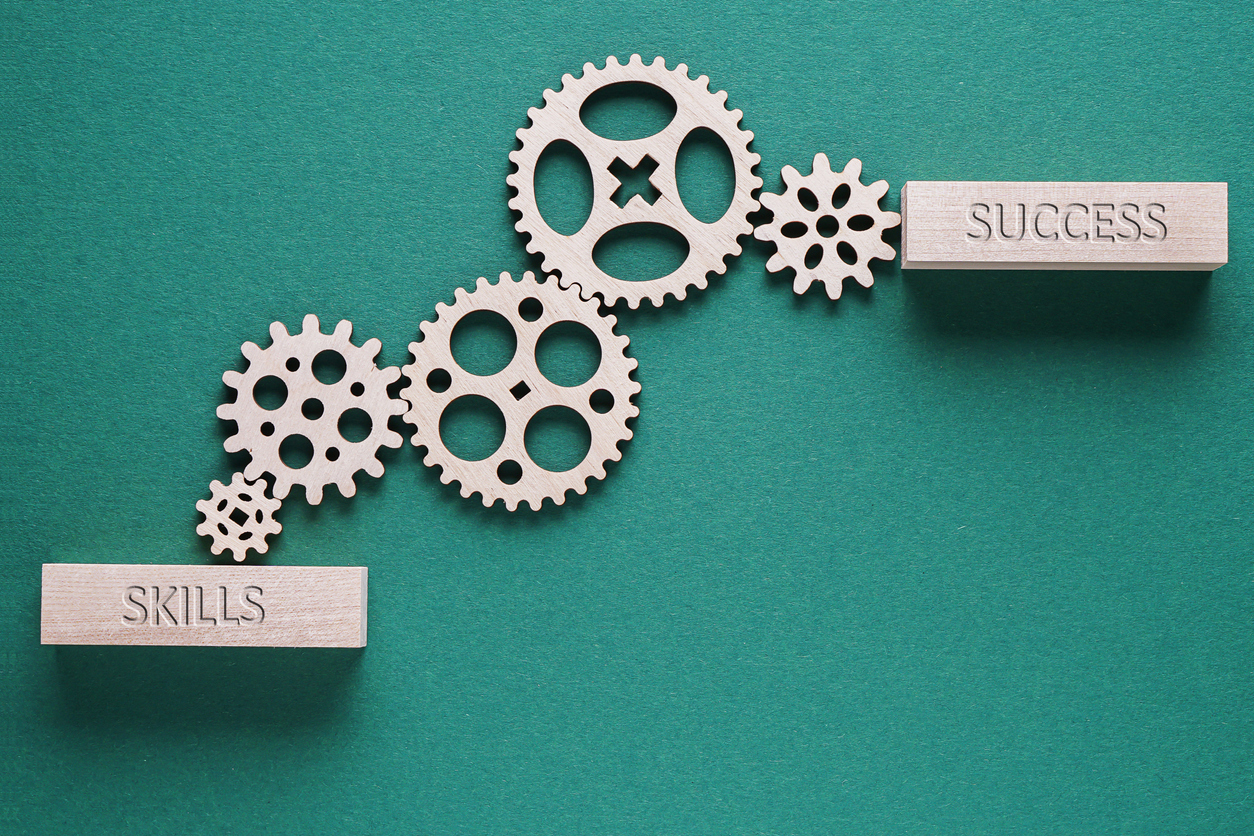
I recently wrote about using stretch goals to accomplish things originally thought impossible. Action learning is another way to encourage incredible performance.
Getting humans to the moon in ten years was a stretch goal set by President Kennedy in the 1960s even though, at the time, it was not yet technically feasible. However, NASA achieved their stretch goal through action learning. The teams at NASA built on each success and each failure, learning at a blistering rate and improving their performance to the point they met their goal.
Most of us don’t work at NASA — how do we apply action learning to our training programs? We make it real. When employees deal with actual business issues, there are real-life consequences for failure. They are more focused and productive, and they learn more easily from each success and failure. So the challenge for trainers is to bring some of that urgency to the classroom. The more relevant and realistic the training, the more participants learn.
Here are four ways to use action learning to super-charge your programs:
- Create an experience that is highly engaging and mimics the tasks of “real work.” Pick a highly realistic training scenario – a situation that adds value to the organization. Make sure the setting, tools, inputs and outputs are as close as possible to the real work situation.
- Debrief the experience. Review the process, behavior, performance, and results. This step is critical to action learning. Participants examine their actions and the results so that they understand how best to improve outcomes in the future.
- Generalize from results. What does this mean for the organization? What will the effects be on customers, team performance, Key Performance Indicators, the work of other departments and external entities? Talk with learners about what happens downstream from their tasks.
- Transfer lessons to the future. Build in ways for employees to apply their action learning on the job.
Action learning reminds me of a saying by Reg Revans: “There can be no learning without action, and no action without learning.” It is truly remarkable what we can accomplish given the right tools, support, and means to reach our goals. Thought and learning are of little value unless converted into action. Another big thinker, Ken Blanchard, said, “Learning is defined as a change in behavior. You haven’t learned a thing until you take action and use it.”



